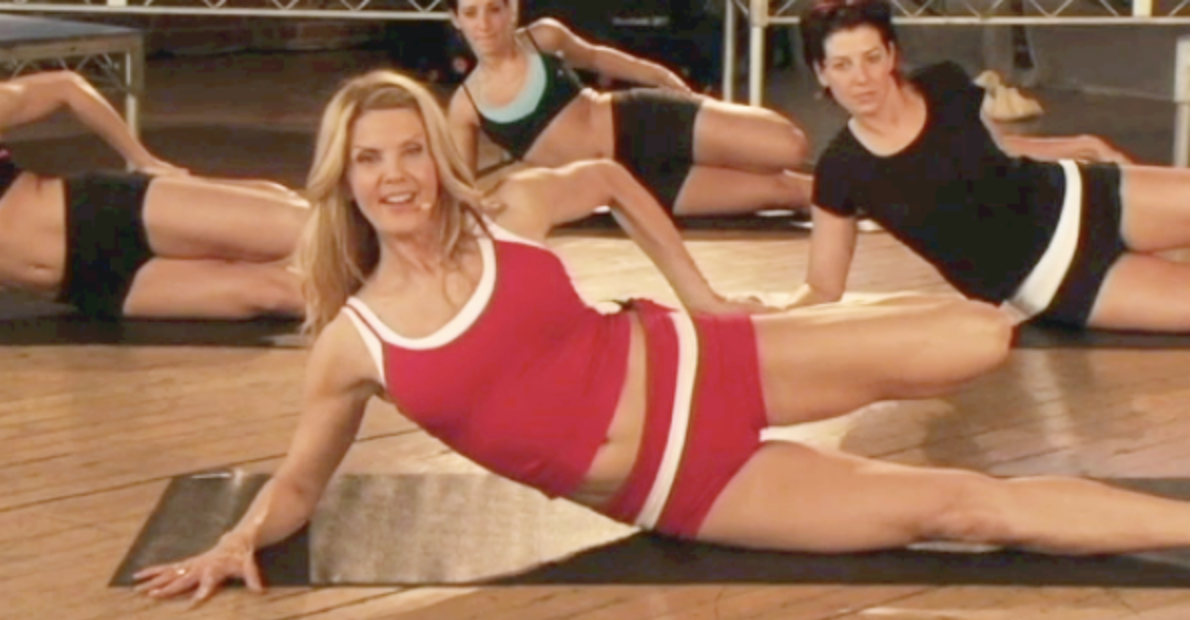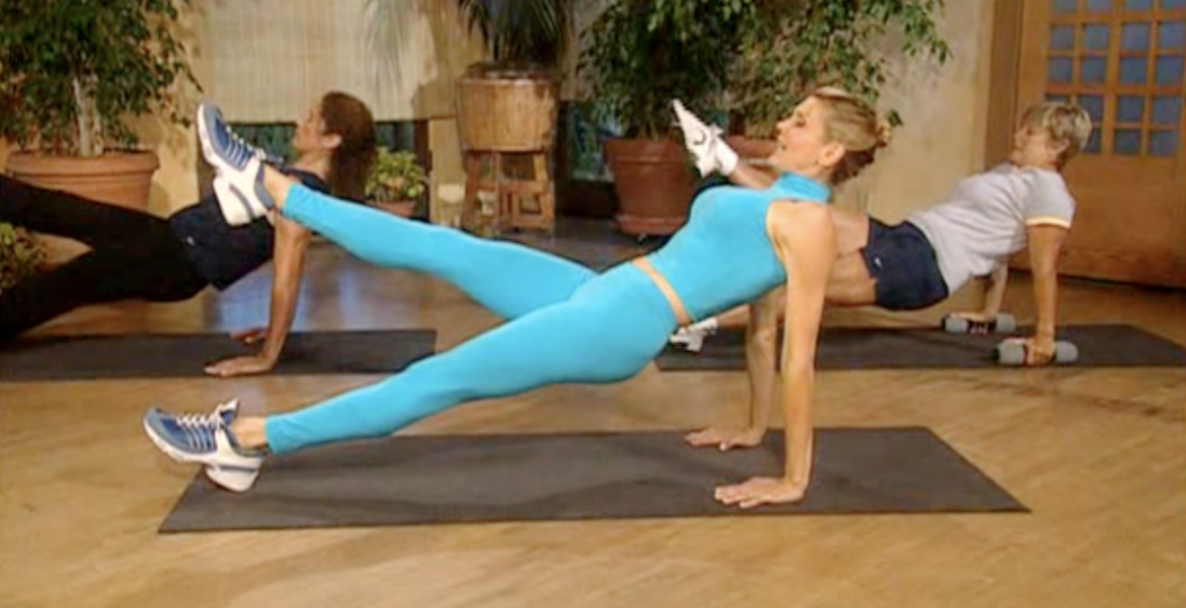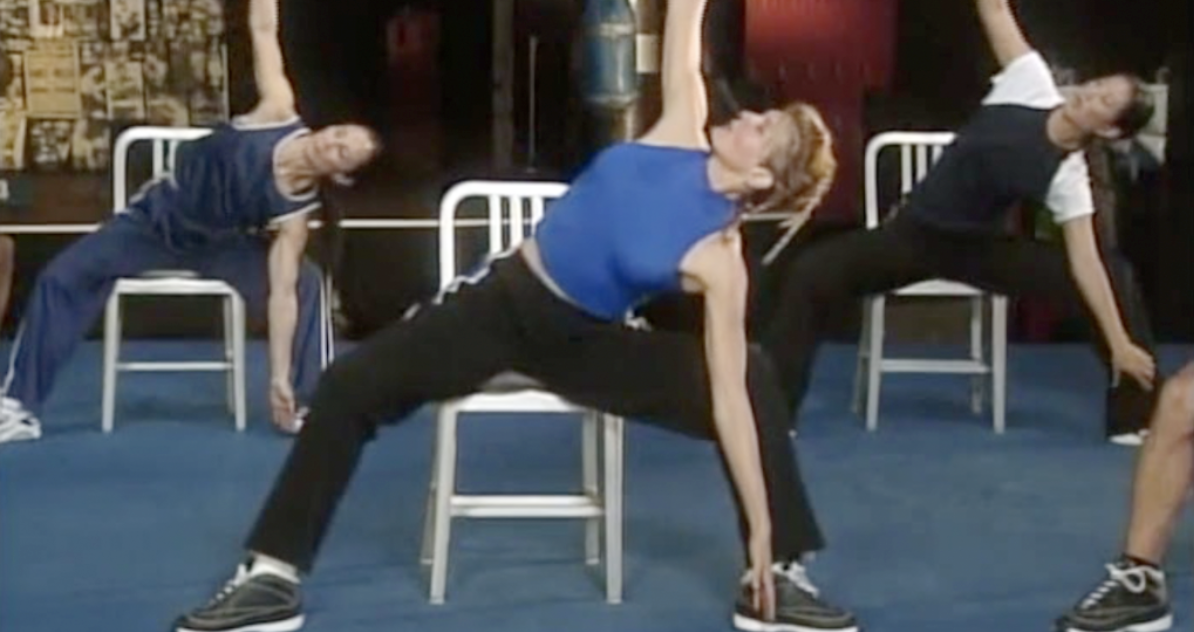The Other Half of Hydration
First for Women magazine ran an article on the benefits of cellular hydration, spotlighting some of my latest tips…including “gel” water as well as a few of my recipes and stretches. Plus, they featured me on the cover! For part 1 of the article, click here! Below are some other highlights. If you want to read more, check out the magazine next time you go to the grocery store!
Increasing hydration levels primes the body to shed excess pounds. And to really see wow-worthy results: “After getting water into your body, movement is the next necessary step in hydration,” says integrative physician Dana Cohen, M.D. “Movement actually draws hydration through the body and into the cells. It’s quite literally the other half of hydration.”
Indeed, new research shows that water is transported through the body via a network of connective tissue called fascia that envelops every muscle, blood vessel, nerve and organ. “As doctors, we’ve always told patients that they have to move their joints to lubricate them, and this explains why,” Dr. Cohen asserts. “As you move, the fascia acts like a hydraulic pump, watering our tissues like an irrigation system. In effect, eating or drinking water-rich foods starts the hydration process, but movement completes it.”
While any movements activate the body’s water-delivery system, gentle stretching is considered especially beneficial because it also works to loosen the fascia, which can become tight as we get older, limiting the ability of water to flow throughout the body. “You want to engage in movements that help unlock any tight fascia and also increase circulation,” asserts Kathy Smith, host of the podcast On Health: The Art of Living. “Ultimately, you want to move from the toes to the head, creating a wave of hydration going through your body as you mobilize that moisture.”
Reducing stress is another important component of gentle movement practices. According to Dr. Cohen, when we’re stressed, levels of the hormone cortisol go up, which is problematic because cortisol is dehydrating. “Deep breathing during gentle exercise restarts your autonomic nervous system to dial back cortisol levels,” explains Dr. Cohen. “It’s amazing what one breath can do.”
To get the benefits, Kathy recommends gently stretching for at least 10 minutes three times each week, and suggests “dynamic” stretching for the best result. “You don’t want to just hold each pose; you want to get a little pulse going. Put some music on and gently pulse your body along with the beat to really get the hydration moving,” says Kathy. This method allows you to move substantially more fluid throughout the body during a stretching session without adding any extra time or difficulty.
ROUTINES FOR FASCIAL-RELEASE
Eases pain • Speeds recovery • Reduces the appearance of cellulite • Helps break down scar tissue • Improves body symmetry and alignment
EASE ANY TIGHT SPOTS
ULTIMATE SCULPT includes a fascia-loosening stretch routine and 30-min toning segment uses cutting-edge techniques to design a lean and healthy body.
RESTORE FASCIA TO OPTIMAL HEALTH
BODY BOOMERS helps pinpoint where exactly your fascia is tight and holding tension. The 20-minute yoga routine lets your muscles talk to you and work on tight spots. ULTIMATE SCULPT includes a fascia-loosening stretch routine and 30-min toning segment uses cutting-edge techniques to design a lean and healthy body.
Increase Blood Supply to the Muscles
CARDIO KNOCKOUT includes a chair stretch that releases tension in your muscles… which is one element of fascia. And, this workout’s kickboxing routine heats your body from the inside… which increases blood supply to the muscles and aids in the health of your fascia.









